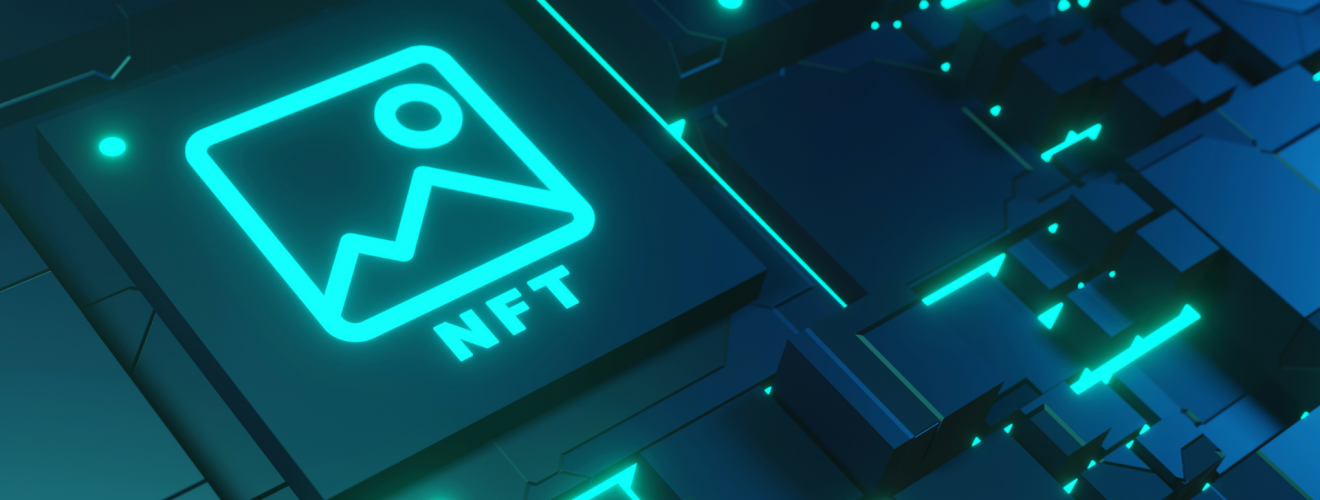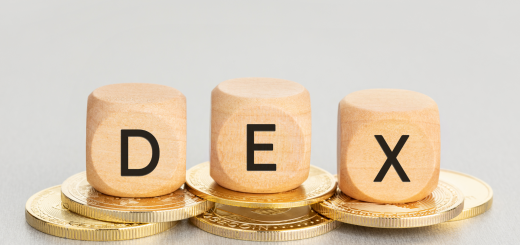Explaining NFTs

“NFTs” are “Non-Fungible Token,” which are digital tokens on the Ethereum network. But what are they, and why would anyone want to use them? First, let’s explain what an NFT is–and why it’s called “non-fungible” in the first place. To put it simply, every “digital asset” is an asset–but not all assets are “digital” or “assets.” For example, you could have a car that is parked in your garage. That car is an asset–but there is no “digital representation” of it. It’s just a physical object if you will. But let’s say you bought a new car–it can be bought online,
The NFT (Non-Fungible Token) is the most important part of the ERC-721 token standard. They are fungible but also represent an ownership of the asset. Think of this as buying shares in a company. If you own 1% of the shares in a company, you can vote on management decisions. However, owning 30% of the shares means that you essentially control the company, which can be dangerous.
What are NFTs, you ask? It’s just a fancy label for a new cryptocurrency that combines many innovative features. The most important of these is that NFTs are fully decentralized, meaning no one person or entity holds all the keys. This means that no one can create new money, ban the use of cryptocurrency, or otherwise control how it’s spent. This is a powerful innovation that many are heralding as the future of money, which is why interested parties are often found searching about “the latest NFT drops today” on the Web.
NFTs (acronym of Non-Fungible Token) is being used by many blockchain projects to solve fungibility. By making each NFT unique, you can reduce the risk of a transaction being double-spent. In addition, the blockchain itself can be used to track ownership of a particular asset, making it easier to verify that a particular NFT is being held by the person who is supposed to own it.
We all know the blockchain is the backbone of cryptocurrencies, but most people don’t know what a smart contract is. Or, once they do, they still don’t know why it’s important. We also know that smart contracts based on Ethereum can be used to track anything of value-digital or physical-and share it amongst the participants in the contract. But, one of the most exciting things about smart contracts is that they can be programmed to execute the terms of a contract using code and even in different time periods. Such programming can help us eliminate issues and disputes that arise in a business and minimize the need for a human legal advisor who we will never see again.
NFTs (aka Non-Fungible Tokens) are a new technology that promises to change how we interact with the world. They are the next step in the evolution of the blockchain and are being used to create unique digital assets. For instance, people can nowadays visit a creative NFT platform and buy virtual vehicles such as freight or vans and can participate in virtual races through which they can play to earn (p2e) crypto coins or NFT assets.
One of the cool things about NFTs is that they are so flexible. You can create so many types of NFTs, and even mix and match, allowing you to create all sorts of interesting structures. One of the things I want to talk about today is NFTs in the form of snowflakes. NFT snowflakes are useful because they can help you in your academic pursuits in several different ways.
A novel technology, NFTs are similar to smart contracts, except much more powerful. They are the internet of value, being able to represent anything of value. Right now, NFTs are nothing more than just a concept. The real value of NFTs will come when they are implemented into existing applications. Think of NFTs as the future of banking, where you can trade anything of value. An NFT can represent shares of stock, bonds, real estate, gold, silver, and even money. A person can also make use of blockchain to convert real diamonds into Non-fungible Token Diamonds, which might help in asset management and their quick liquidation.
There’s an interesting debate about whether non-fungible tokens (NFTs) will be blockchain’s “killer app.” Some believe that NFTs will drive an entirely new class of applications, just like the internet did for email, online banking, and social media. Some even predict that NFTs will revolutionize traditional financial markets, just like the internet did for broadcast, publishing, and telecoms.



